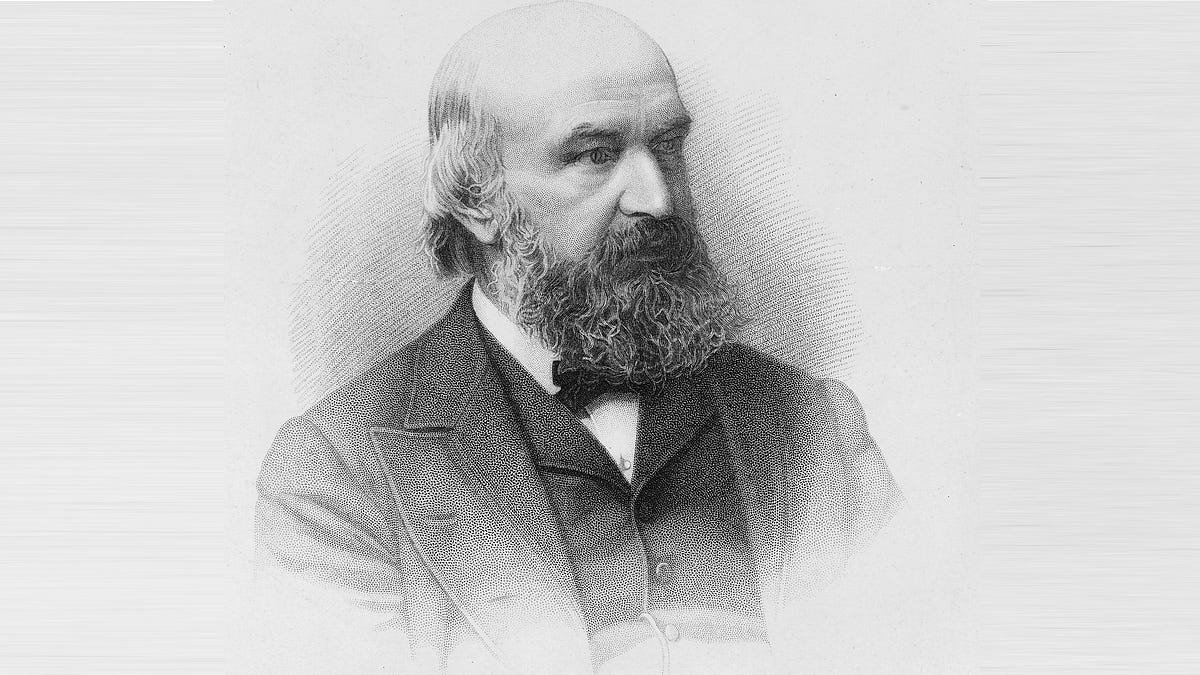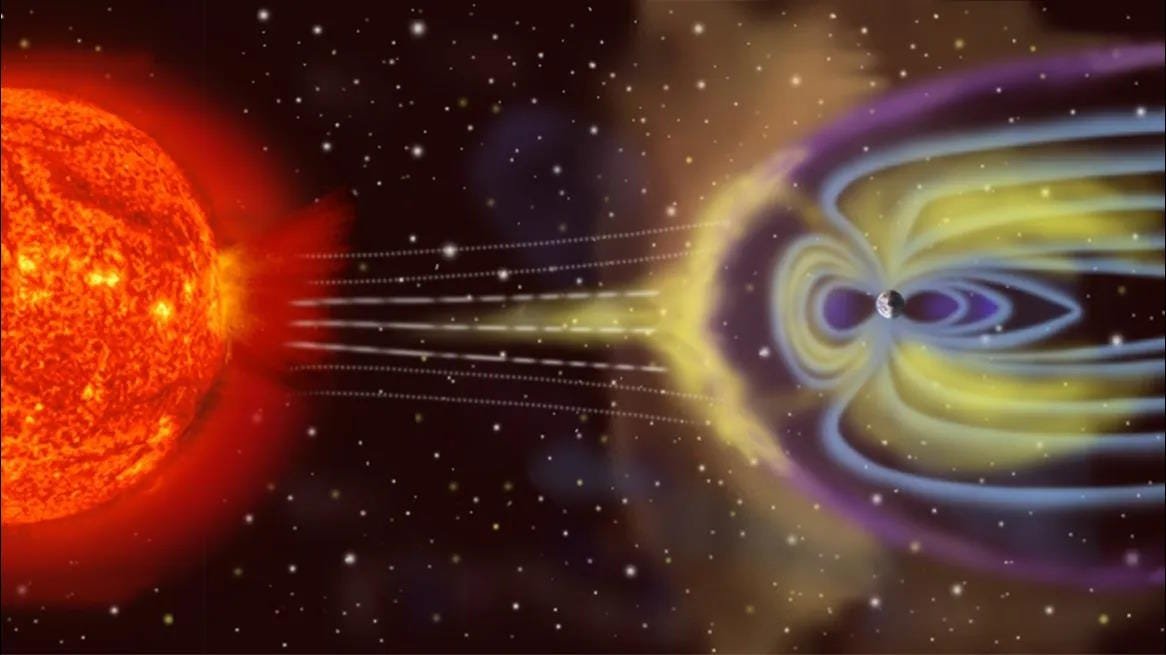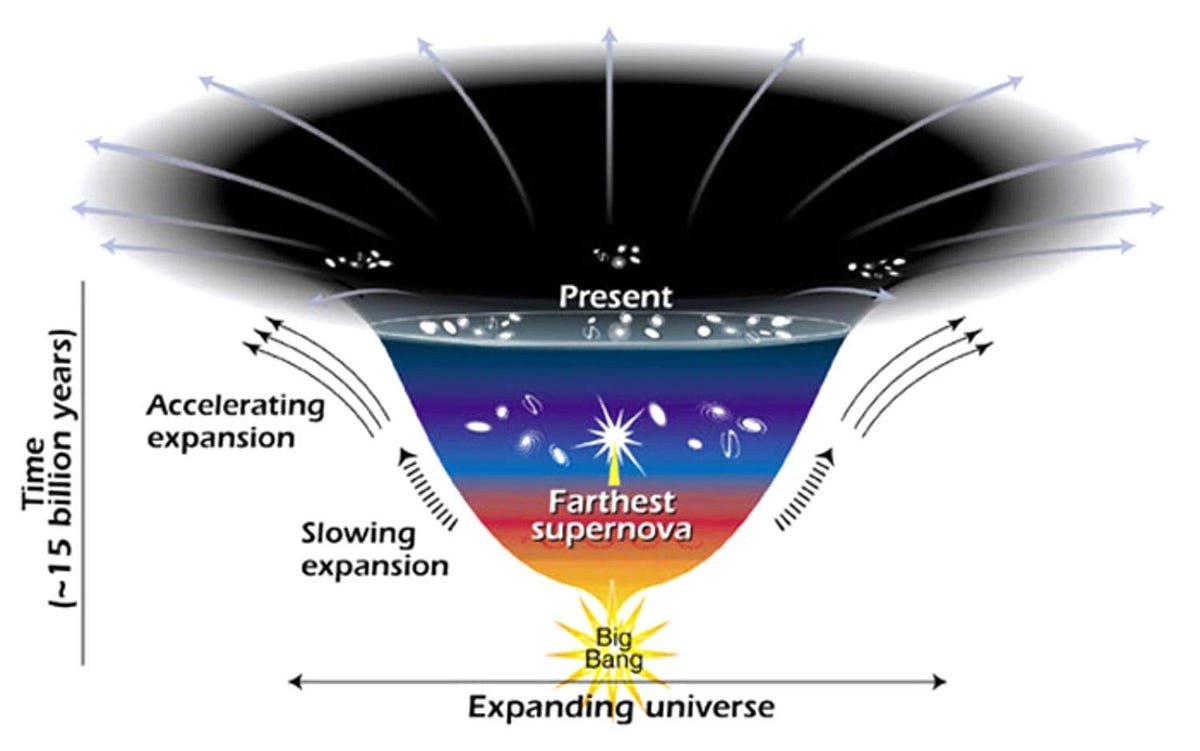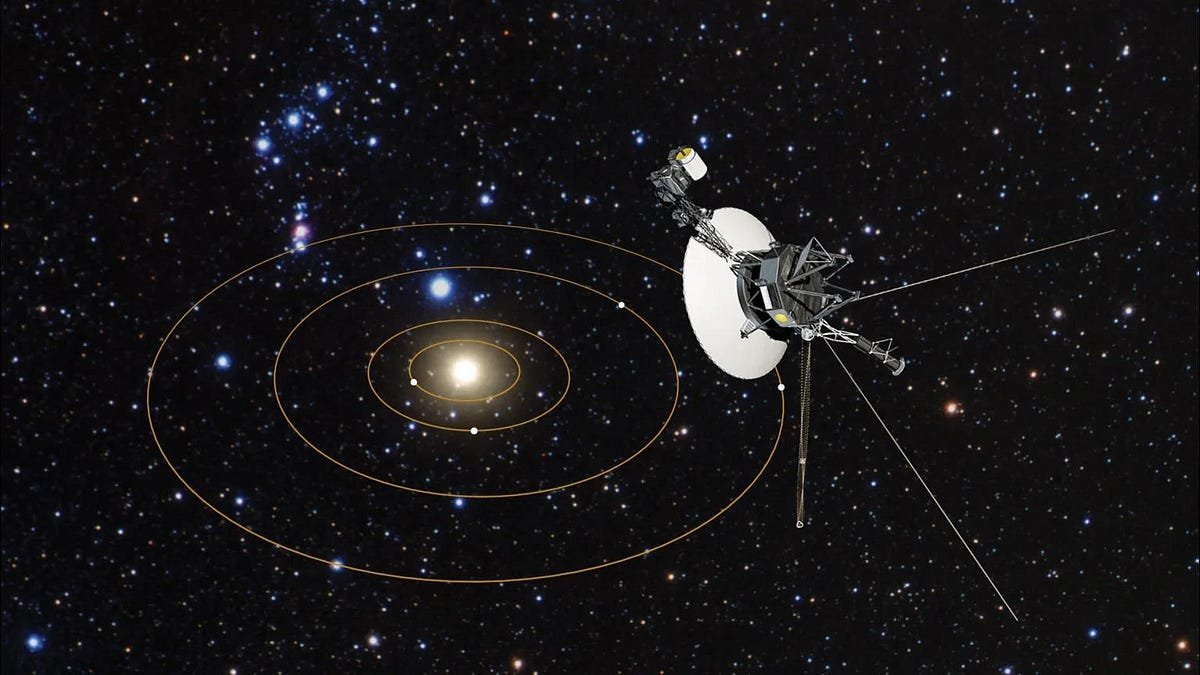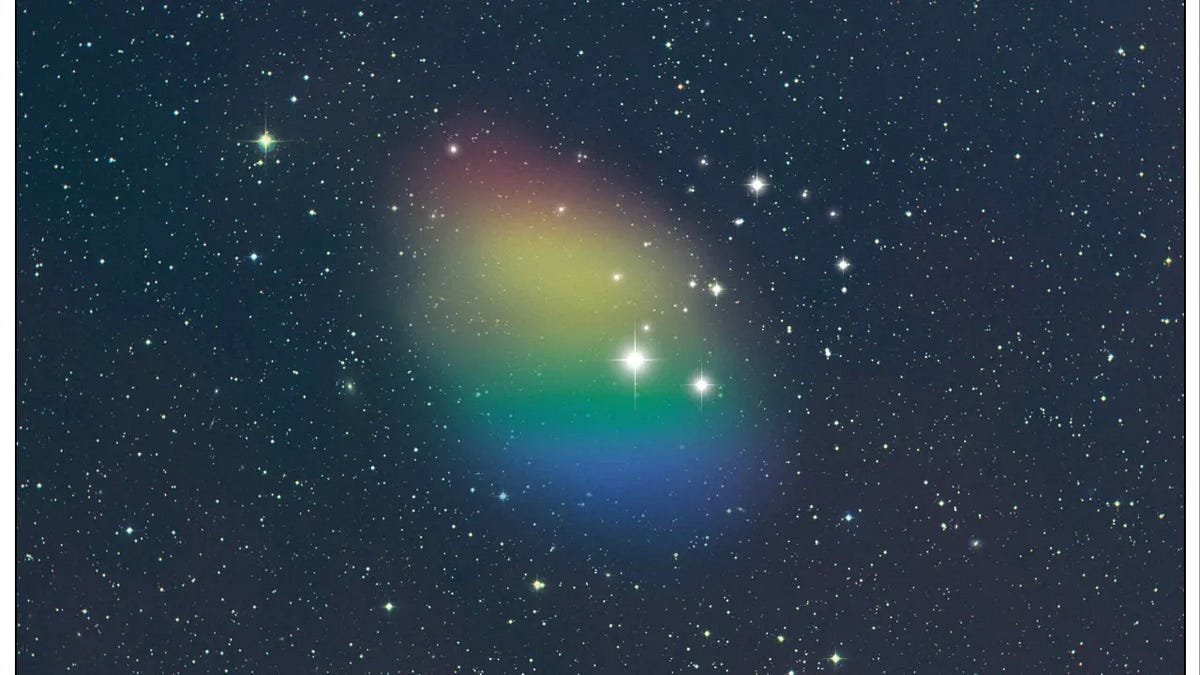
The first dark, primordial galaxy has gas, but no stars | by Ethan Siegel | Starts With A Bang! | Jan, 2024
Finding it at all was a happy accident. Examining it further may help unlock the secrets hiding within the earliest galaxies of all.
Imagine, if you dare, what the Universe was like before any stars had ever formed within it. All of the normal, atom-based matter within it was pristine, but the regions that had slightly more matter than normal would start attracting everything in their vicinity. Over time, they would build up larger and larger amounts of mass, until a critical threshold was reached that triggered gravitational collapse. Once that occurred, you’d make stars, and be well on your way to building up what would someday turn into a modern-day galaxy. These early “first galaxies,” still beyond the reach of even JWST, must have been quite abundant early on.
But are there any local, nearby analogues? Are there large, galaxy-scale populations of gas, at present, where maybe only a small number of stars exist within that clump at all? Could there even be enormous clouds of matter that have yet to collapse and form stars, bound together in a great, dark, star-free halo?
Previous large surveys failed to reveal any objects like this, finding only low-surface brightness galaxies that are either very tiny and low-mass or otherwise are caused by the gravitational interaction of two nearby galaxies. But an accidental discovery of an object known as J0613+52, potentially the first dark, primordial galaxy, may hold a treasure trove of cosmic riches within it.
How many galaxies?
One of the biggest astronomy goals that people had, for a long time, was to answer the question, “How many galaxies are there within the observable Universe?” Back in the late 20th century, Carl Sagan told us there were “billions and billions,” estimating that there were around 100 billion galaxies within our observable cosmic volume. This turned out to be true to an extent: if we restricted ourselves to large, bright, massive galaxies, like those comparable to our own Milky Way.

